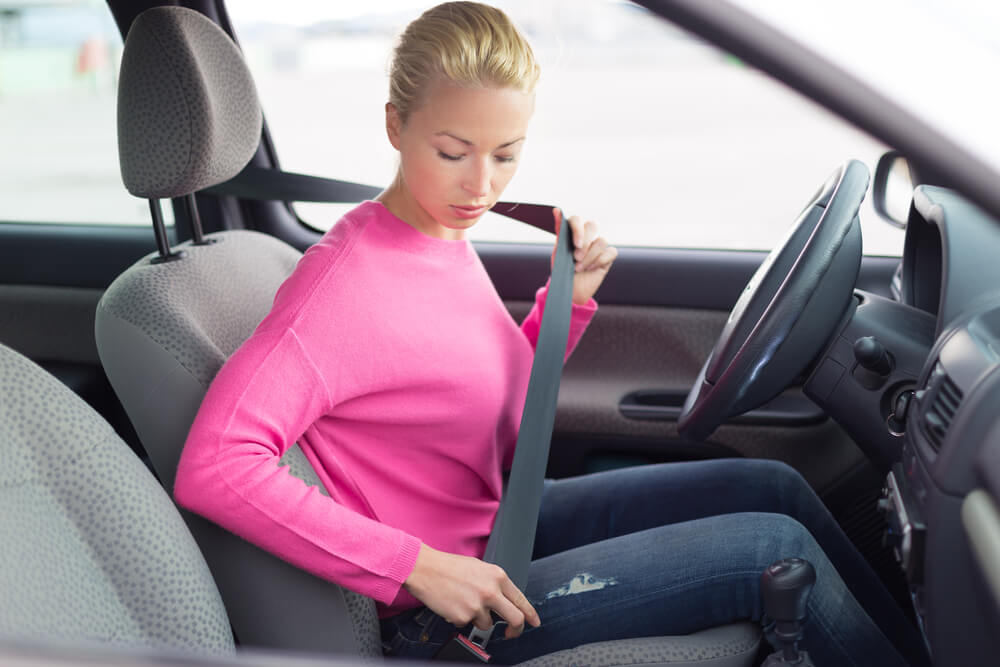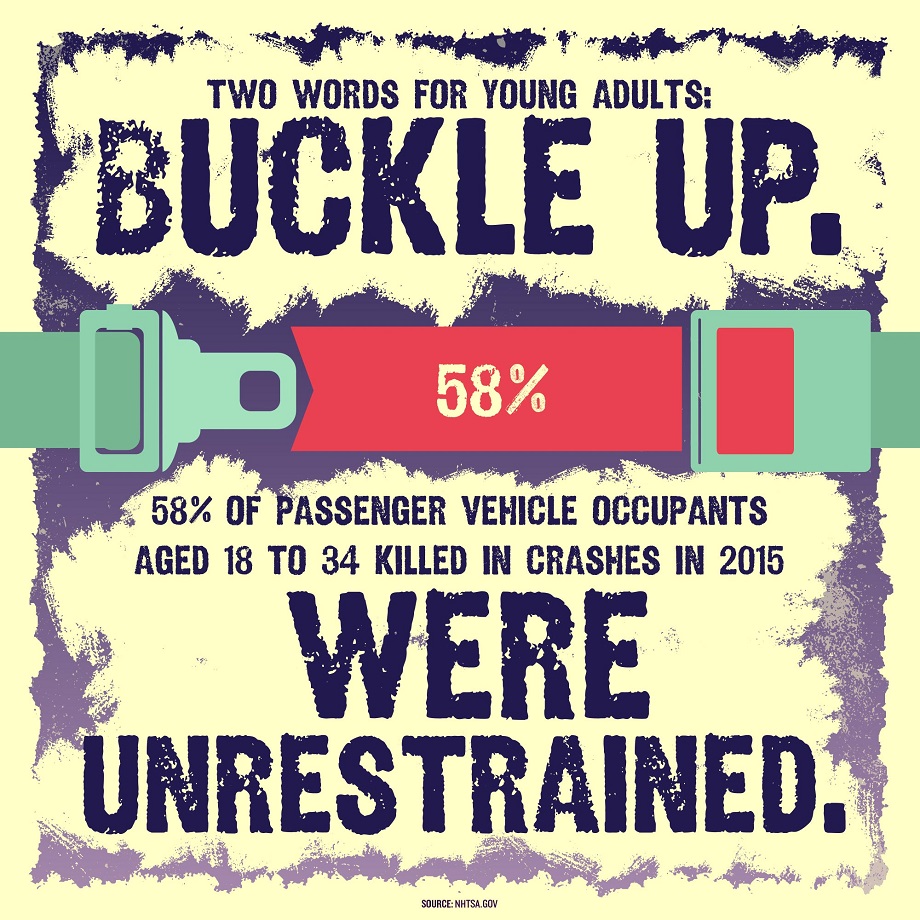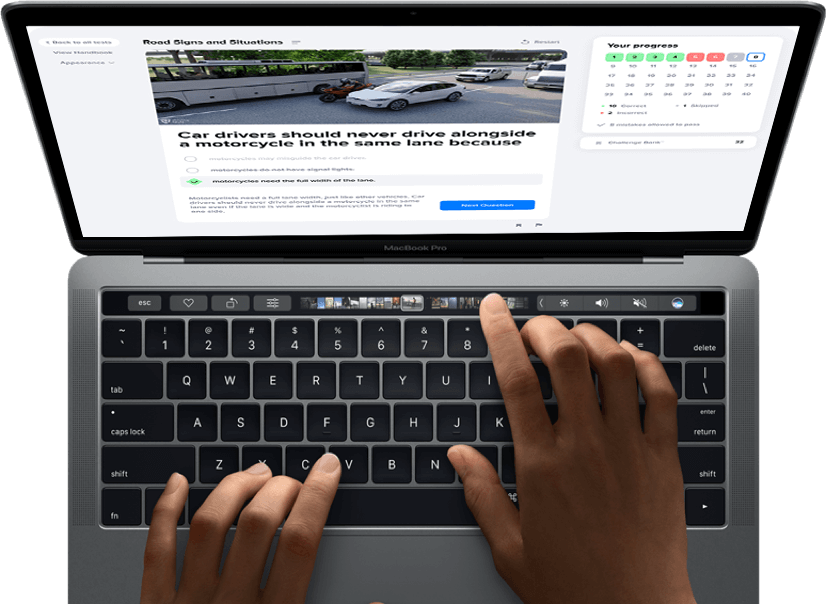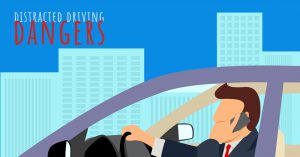Your seatbelt is your best defense against being killed or injured in an automobile accident.
Think a crash will never happen to you? Think again. The Center for Disease Control presents statistics about automobile accidents that prove otherwise:
Seatbelt Facts: Quick Stats
- 1
In 2012, 2.5 million adults were treated in emergency rooms for injuries sustained in a car wreck.
- 2
Young adults aged 18 to 24 are more likely to be involved in and sustain injuries from an automobile wreck than any other adult age group.
- 3
Seatbelts reduce the occurrence of injuries or death by approximately 50%.
- 4
Adults aged 18 to 24 are less likely to wear their seatbelts than adults over the age of 35.
If you aren’t wearing your seat belt you’re risking death (NHTSA)![drowsy drivers]()
- 5
Males are less likely to wear seatbelts than females.
- 6
Drivers in rural areas are less likely to wear seatbelts than those in suburban or urban areas.
Since the mid-1960s, American automobiles have been required by law to be outfitted with some type of seatbelts due to the overwhelming evidence that they save lives; however, many drivers still refuse or “forget” to wear theirs. The following video explains the physics of seat belts.
Seatbelt technology has advanced over the decades and there are several types of restraints you may encounter in vehicles:
Types
- 1
The three-point seatbelt is most commonly used in new car models. It retracts at a point above the shoulder and next to one hip and an adjustable buckle is carried over the lap of the motorist to connect at the opposite hip. This type of seatbelt locks when the brakes are applied, keeping the body in place against the seat.
- 2
The lap belt is an adjustable strap that only goes across the person’s lap. It is adjustable to fit the person’s body size, but is not retractable. Lap belts used to be legal for front and rear seat usage, so you may encounter them in very old and classic cars. Today, lap belts are usually found in the middle back seat and are commonly used to secure child safety seats.
- 3
Motorized seatbelts were used for a time in the early to mid 1990s in many models. These seatbelts consist of two separate straps. The first is a retractable lap belt that buckles close to the hip. The second is a retractable strap that originates on the inside of the seat and buckles into a moving buckle that rotates back and forth on the edge of the body of the car. When the car is stopped, the buckle rotates towards the front of the vehicle, allowing the driver or passenger to exit without removing the second strap. This type of seatbelt was only used in front seats and is rarely seen in new cars today.
- 4
Harness seatbelts come in many varieties ranging from four to six points. While these are not used in typical passenger cars, some high-end sports cars are outfitted with this type of seatbelt for added safety at high speeds.
Here are a couple of tips to ensure that your seatbelt is properly adjusted:
How to Properly Wear It
- 1
The lap belt portion of the standard seat belt should be snug but not uncomfortable. It should lie across the hipbones.
- 2
The shoulder strap should also be snug but not constrict your movement or breathing. It should run diagonally across your torso and lie across the side of your collar bone that is closest to the exterior of the car. Most models have a lever that moves the origination point of the shoulder strap up and down for people of different heights.
Each state has some type of seatbelt law except New Hampshire.
This website lists the requirements of each state’s law and whether failing to wear a seatbelt is a primary or secondary offense. Whether required or not, every driver should wear his or her seatbelt every time the vehicle is in motion. It is also paramount to ask your passengers to buckle up, here is a short but effective explanation why:
Seatbelts are your best insurance against being injured in an auto accident and your best defense against a drunk driver.






